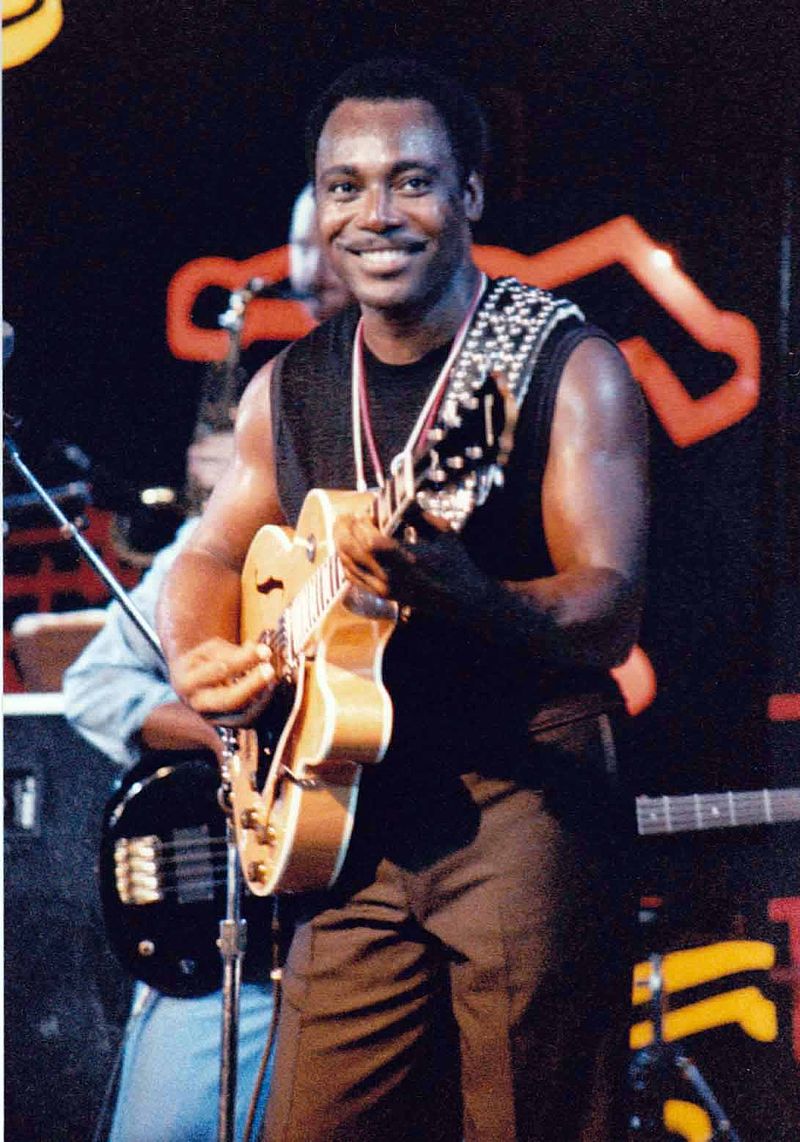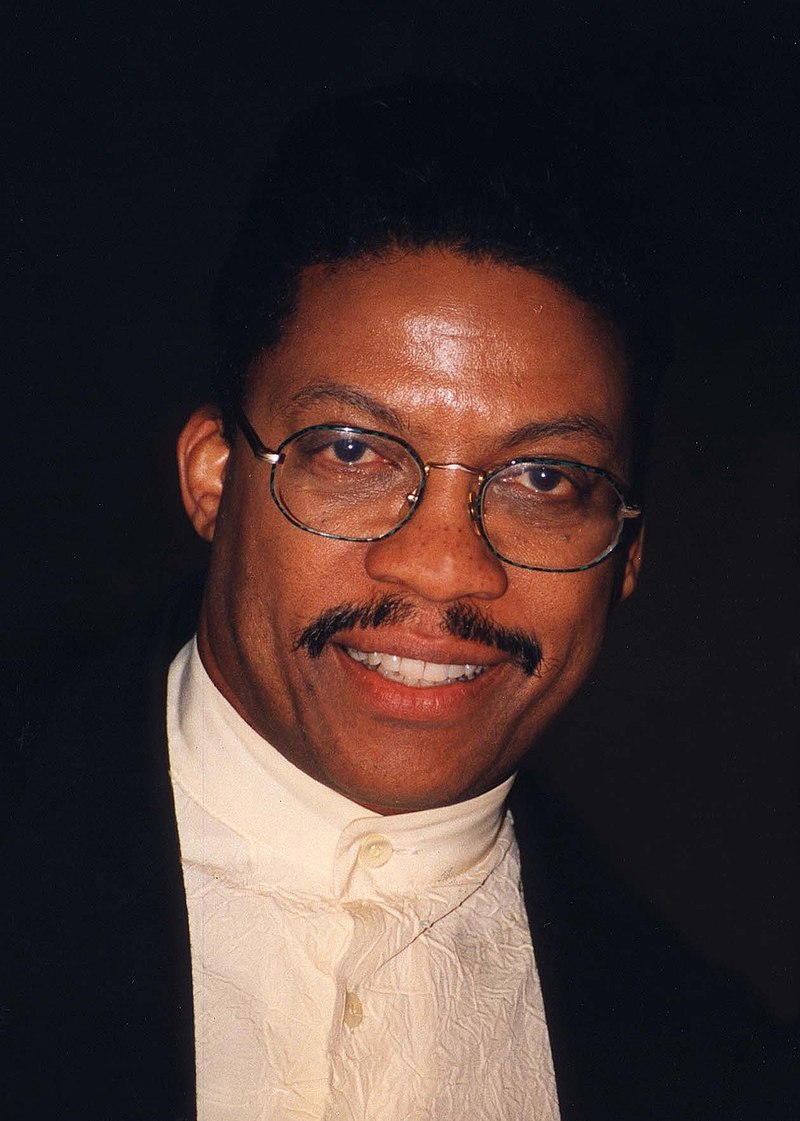Generating page narration, please wait...

TIMELINE
Well-Known Jazz Fusion Performers and Their Song's Tendency Towards Soul-Jazz, Jazz-Funk, or Both
| ARTIST | SOUL-JAZZ FEATURES | JAZZ-FUNK FEATURES |
|---|---|---|
 George Benson |
" Big Fat Lady ," (1966)
|
|
 George Duke |
Back to Where We Never Left," (1976)
|
|
 Herbie Hancock |
" Maiden Voyage," (1965)
|
" Watermelon Man," (1973)
" Chameleon," (1973) Same as above with these additions:
|
 Ramsey Lewis |
" Wade in the Water," (1966)
|
|
 Jimmy Smith |
" Midnight Special," (1961)
|





